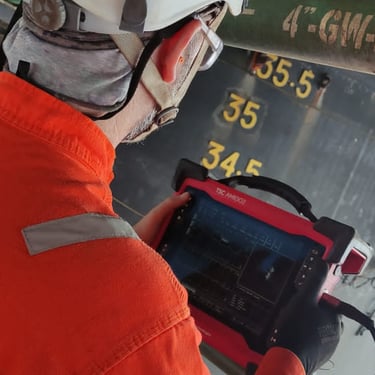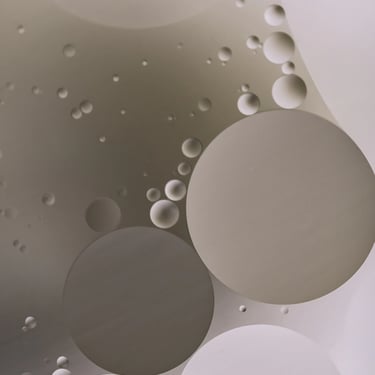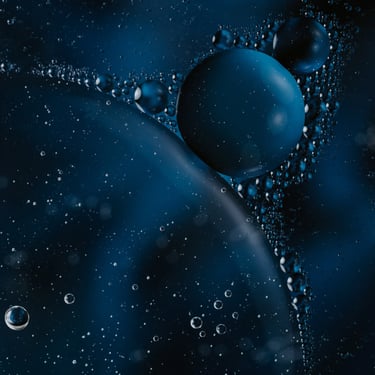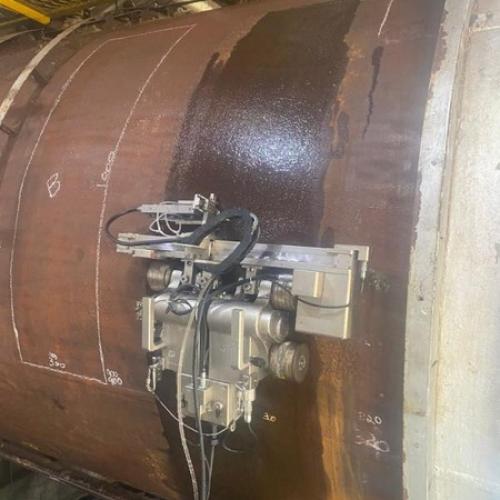
Phased array









Phased Array technology is widely used in various inspection and measurement applications, capable of performing any task executed by conventional ultrasound. For example, it is employed in the detection and imaging of defects, such as cracks, voids, and corrosion. Additionally, it is used for measuring material and coating thickness as well as detecting changes in material properties.
A common application is the assessment of weld and rivet quality. Phased Array technology is also used to inspect joints and interfaces, such as in adhesive detection and mapping.
How Phased Array Ultrasonic Testing (PAUT) Works
PAUT probes consist of multiple piezoelectric crystals, which can transmit and receive signals independently at different times. To focus the ultrasonic beam, time delays are applied to the elements, creating constructive interference of wavefronts. This technique allows the energy to be precisely focused at any depth within the specimen under inspection.
This principle is illustrated in the figure to the right, where delay laws have been calculated to focus the acoustic beam at a specific depth and angle. As shown in the figure, each element emits a spherical wave at a predetermined time. The superposition of these waves results in a quasi-planar wavefront at the specified location.
Before and after the desired focal point, the wavefronts converge and diverge spherically, respectively. The figure below presents several examples of delay law calculations:
Without delay laws applied, the resulting ultrasonic beam is unfocused, equivalent to the beam generated by a conventional flat transducer. The natural "pseudo-focusing" visible in the image corresponds to the near-field distance of the probe.
The configuration illustrated in figure B produces the same ultrasonic beam as a conventional flat transducer combined with a wedge. In this case, there is no ultrasonic energy focusing; the applied delay laws merely steer the beam direction.
Figures C and D represent the same configurations as A and B, respectively, but with modified delay laws to focus acoustic energy at a specific depth.
In both images (C and D), it is evident that the focal point is narrower and more precisely located.
To achieve the same results with a conventional probe, a specially designed crystal would be required to reach the desired focal point.


